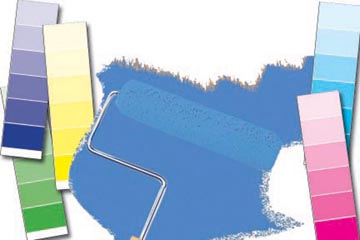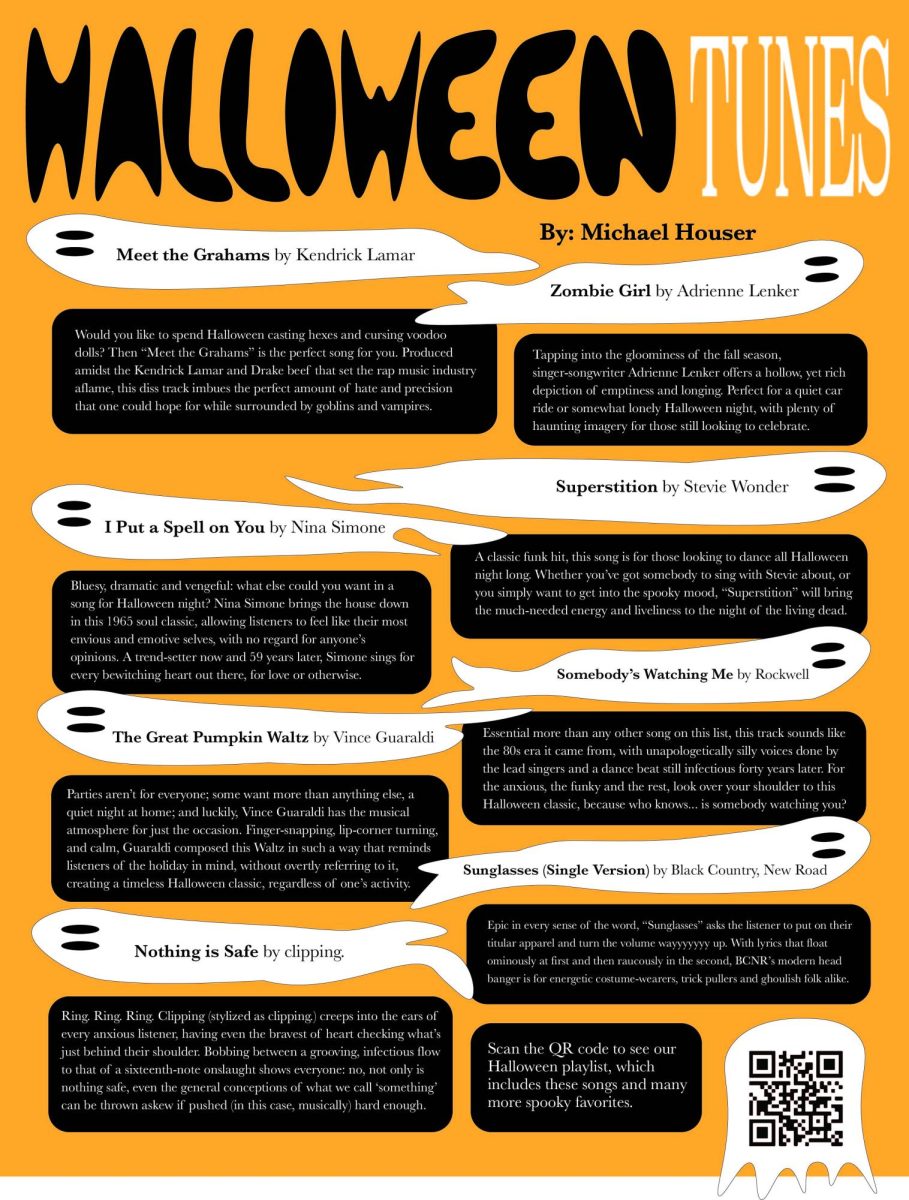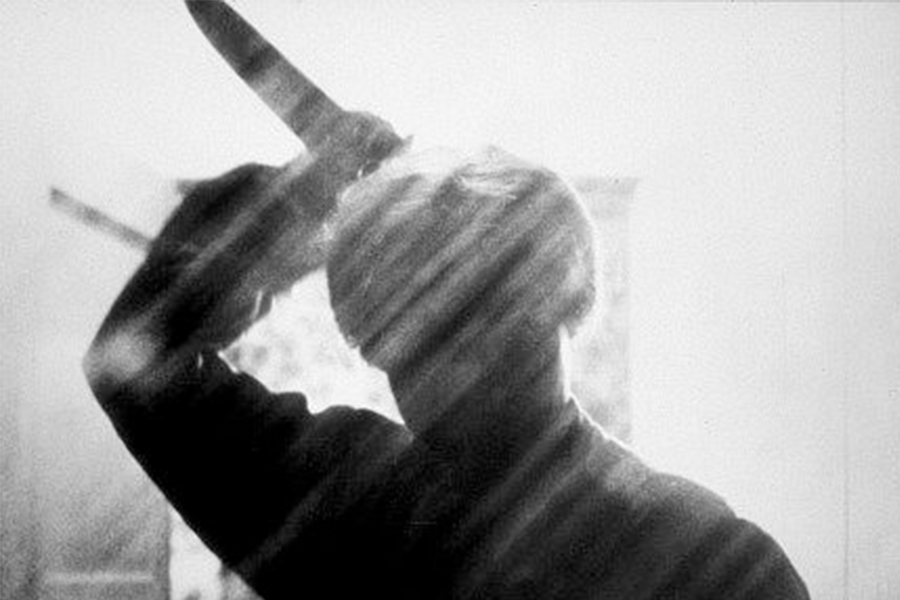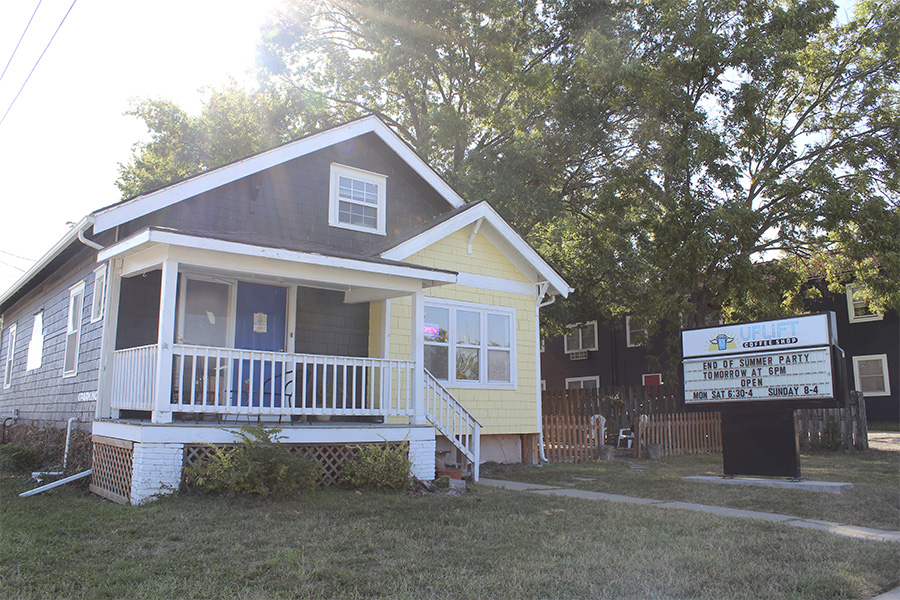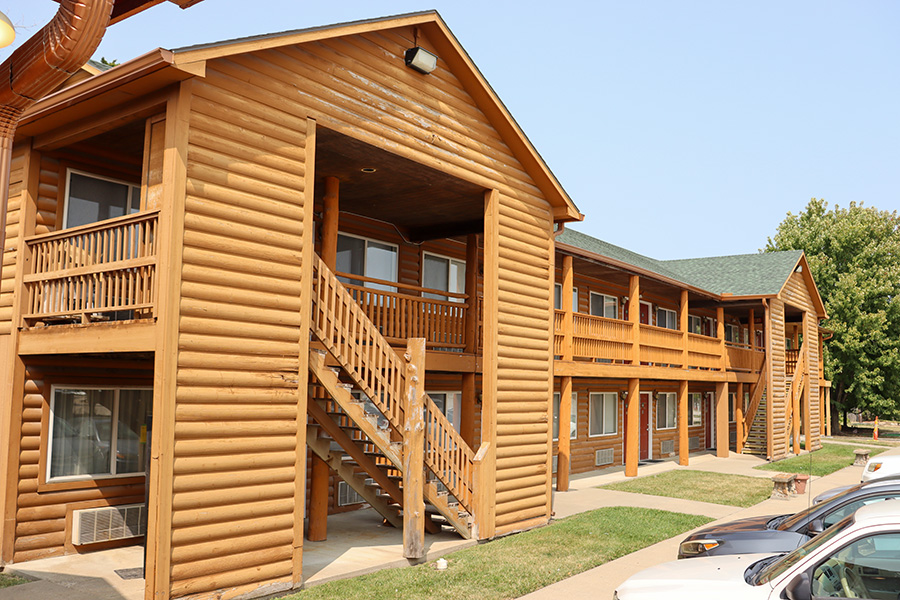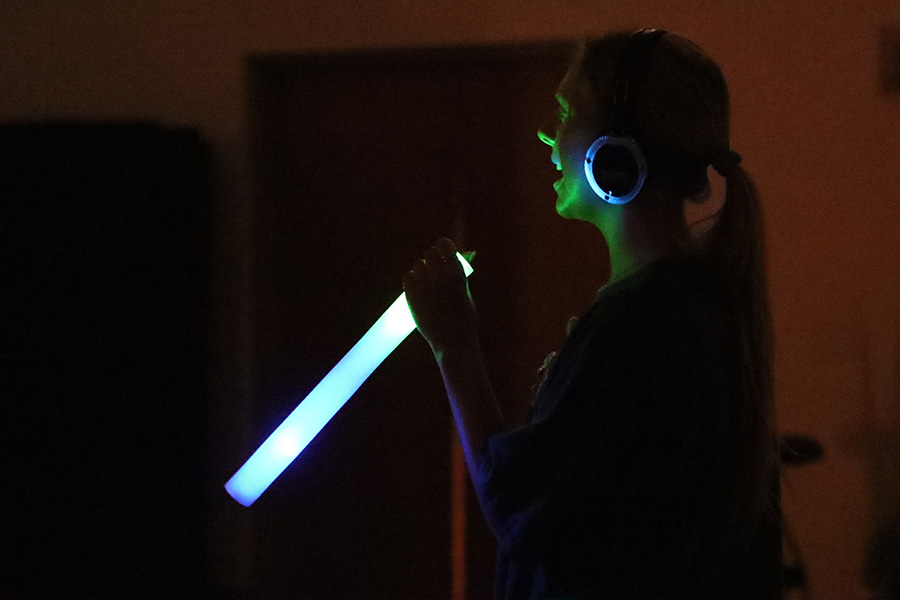Color surrounds us everywhere we go and with everything we do.
From putting an outfit together in the morning, to the colors we see when we step outside – it is difficult to escape color and the deeper meanings and emotional ties connected to it.
“I think that colors do in fact function to calm or excite,” Adjunct Professor of Art Jennifer Jarnot said. “For example, the color red, most often associated with both anger and passion, when used on an entry door, can serve to be inviting and warm. On the other hand, in an advertisement a red background with large yellow letters can be extremely active and cause a level of excitement on the part of the viewer.”
Shading or tinting any color can change the original meaning and feelings related to that color, Jarnot said.
“A shade of blue (dark blue) can represent knowledge and power, where a tint of blue (light blue) can evoke feelings of healing and softness.” Jarnot said. “A dull yellow-brown can feel like decay, illness or caution, and a light yellow can suggest feelings of joy and freshness. There are warm colors such as red, yellow and orange, which are associated with energy, affection, happiness and determination, while cool colors such as blue, purple and green may bring to mind feelings of tranquility and calmness, as well as growth, independence and mystery.”
From a psychological perspective, Counseling Center Director Tim Hodges views the affects of color and the correlation it may have on people as having to do with prior memories attached to the color.
“I think the mood or feelings a person has with a certain color or shade really depends on the person and how they interpret it,” Hodges said.
Color can be seen as an unconscious motivator in different settings. Whether it is shopping in a grocery store or determining how colleges like Baker choose school colors.
“The colors associated with schools are usually steeped in tradition and are often associated with the mascot,” Jarnot said. “A wildcat may not actually be orange, but to use (natural) color would be extremely boring. Orange is in the same color family as the yellow ochre color of an actual wildcat but is so much more exciting. You want the color to excite the students, the alumni, the fans, and in the case of sports, you want the other team and fans to stand in awe of your flashy color combination.”
Like colorful pieces of artwork, nature has its own way of creating colors to call to mind certain feelings.
“Every country has its own natural color scheme,” Professor of Art Inge Balch said. “In Scandinavia the colors would be so saturated during the long winters we would all begin to crave some color. Then there are countries like Brazil who have bright, vibrant color everywhere.”
When freshman Tessa Petersen paints, she likes to use a variety of bright colors to create a happier tone in her pieces of work.
“When I paint, I like to use all the colors of the rainbow,” Petersen said. “When all the bright colors are together they are really pleasing to the eye, and it just makes me feel right.”


